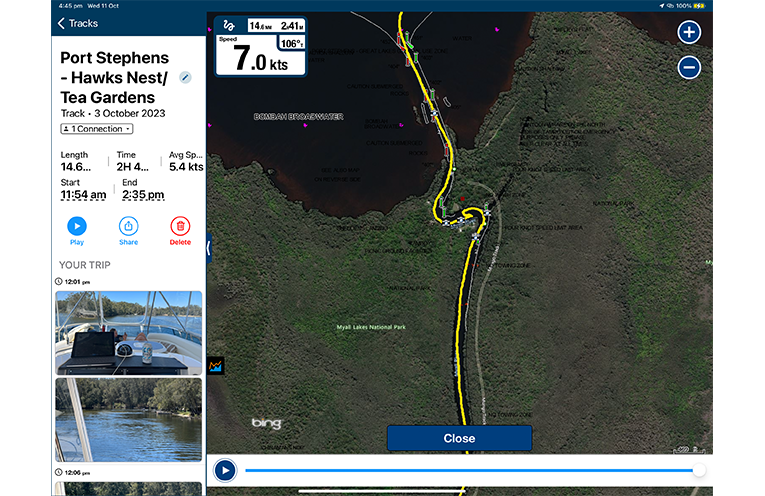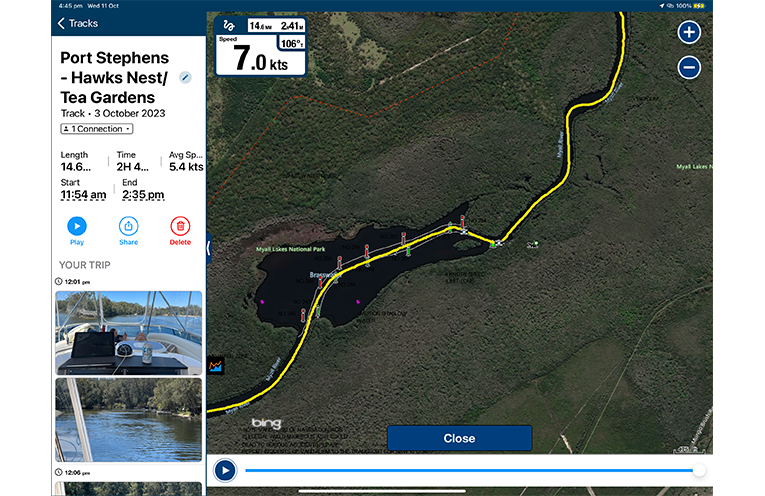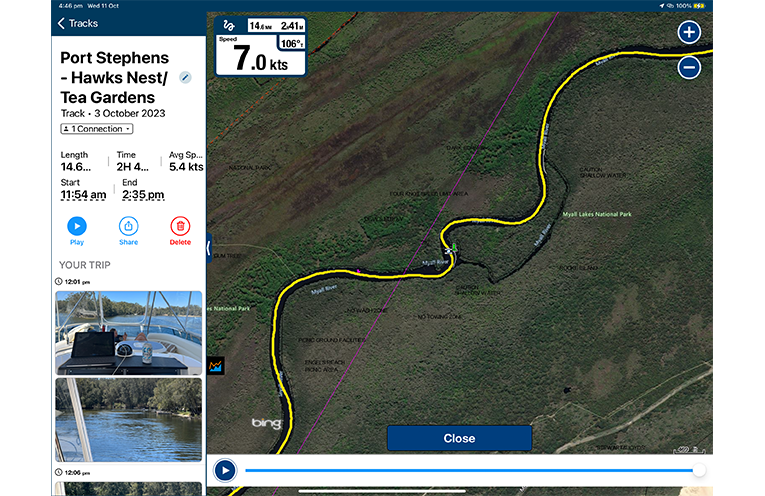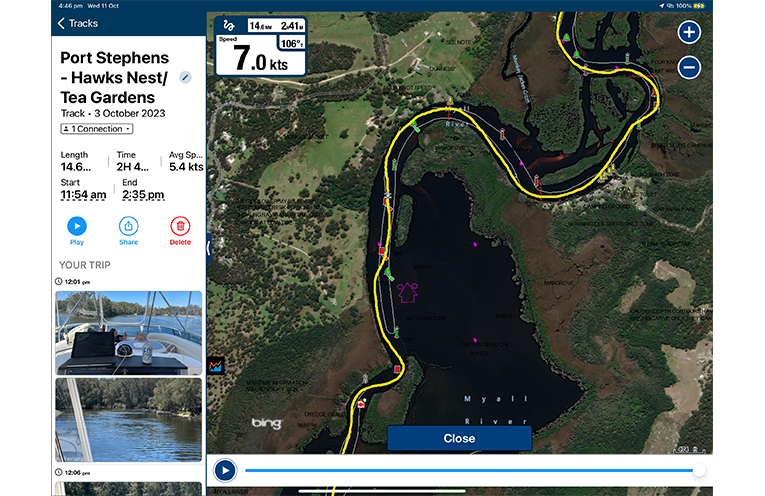
SAND slowly chokes the entire Myall River and Estuary and up into the Lakes, recent reports from frequent river users indicate.
Kerry and Linda McIntosh, who operate the only effluent collection service upon the Myall River, have the pleasure of interfacing with every boater who passes through the river system and into the Lakes to the north.
 Advertise with News of The Area today.
Advertise with News of The Area today.It’s worth it for your business.
Message us.
Phone us – (02) 4981 8882.
Email us – media@newsofthearea.com.au
“We’ve received reports for a while, experienced river users are running aground, touching the bottom up near Tamboi, The Pines and the Myall River Camp area,” Mr McIntosh told NOTA.
“People tell us that sand is building up in the river, in places it never was before, but no silt is coming down from the Lakes, it is all sand.”
It appears that the sanding-up issues already extensively reported in NOTA have escalated well beyond the tribulations at the Natural and Corrie Channels, where the Myall River meets Port Stephens Bay.
The ever-intensifying problems have gone studiously ignored by the 14 governmental bureaucracies that have some stake in restarting the dredge, or the reallocation of the Natural Channel as the official inlet.
Evidence provided by Jarrod Bramble, whose family has plied the River and the Lakes for generations, shows eight distinct spots where sand has collected to shallow out the river between the Broadwater and Tea Gardens.
Mr Bramble’s boat, which draws 1.5metres, requires an expert medley of weight redistribution manoeuvres in order to ‘dog-walk’ the craft through a gauntlet of shallow spots upon which any craft bigger than a dinghy, and bereft of multi-generational navigation expertise, would soon run aground, even on a king tide.
“We’ve noticed the tides are an hour later than they should be, evidence that the volume of water is not getting through, which tells you that the river is clogging up,” Mr Bramble told NOTA.
“The amount of sand we are seeing, and the need for sophisticated manoeuvres to get through the river, is not normal, and clearly indicates a problem at the river’s mouth.”
By Thomas O’KEEFE



